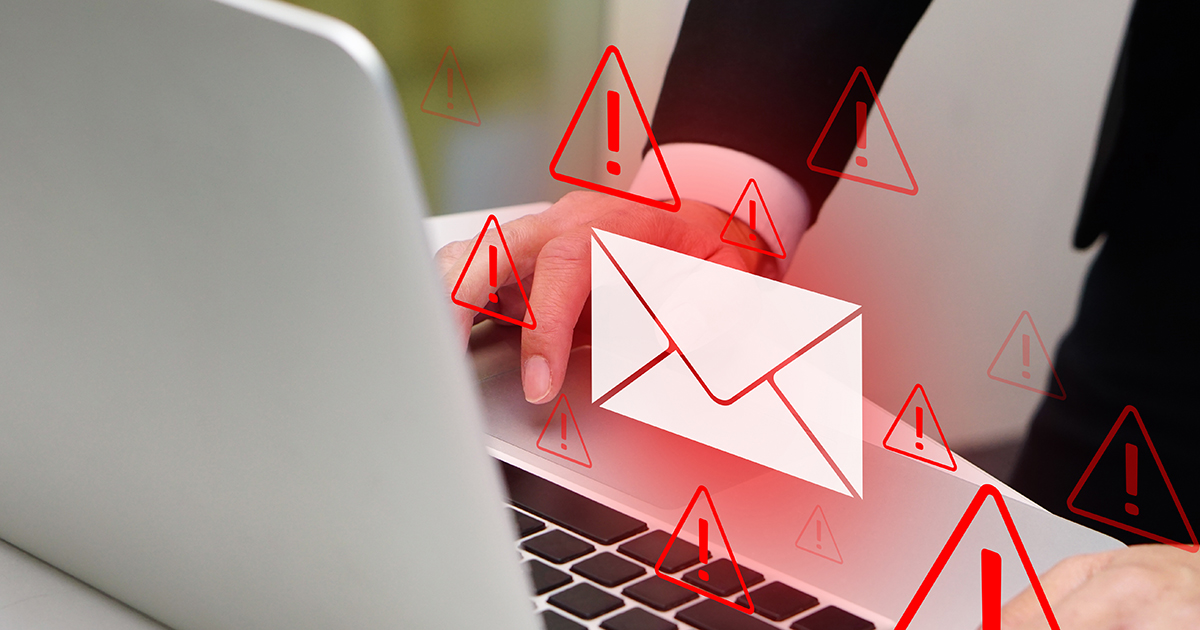
Introduction to Email Deployment
Effective Strategies for Successful Email, Email marketing remains one of the most powerful tools in a marketer’s arsenal. With billions of emails sent every day, standing out from the crowd can be a daunting task. However, mastering the art of email deployment doesn’t have to be overwhelming. By implementing effective strategies, you can enhance your campaigns and connect with your audience on a deeper level.
Imagine crafting an email that not only gets opened but also drives action. Whether you’re promoting products, sharing updates, or nurturing leads, successful email deployment can transform your communication efforts into measurable results. Let’s dive into five actionable strategies that will elevate your email game and help you navigate this digital landscape like a pro.
Understanding Your Target Audience
Understanding your target audience is crucial for effective email deployment. It’s not just about who they are, but what motivates them.
Start by collecting data through surveys and analytics. This information helps you identify their preferences and pain points.
Segmenting your audience allows you to tailor content specifically for each group. Consider demographics, interests, and behaviors when creating these segments.
Dig deeper into their needs by analyzing past interactions with your emails. What subjects got the most opens? Which calls to action led to clicks? Use this insight to inform future campaigns.
Empathy plays a key role in connecting with your audience on a personal level. When they feel understood, engagement levels soar.
Remember that people appreciate relevant content delivered at the right time. By investing effort in understanding them better, you’ll enhance both open rates and conversions significantly.
Crafting an Engaging Subject Line
Effective Strategies for Successful Email, The subject line is the first thing your audience sees. It sets the tone for your entire email. An engaging subject line can be the difference between an open and a delete.
Keep it concise. Aim for around 6 to 10 words that convey urgency or value. Use active language to inspire action.
Incorporate numbers or questions, which tend to draw interest. “5 Tips for Boosting Productivity” feels more intriguing than simply “Tips for Productivity.”
Personalization adds a nice touch too. Including the recipient’s name can create a connection right away.
Don’t forget about emojis; they can add some personality but use them sparingly in professional contexts. A well-placed emoji might make your email stand out among others in crowded inboxes.
Testing different subject lines is essential as well; what works for one audience may not resonate with another. So experiment and analyze results continuously.
Utilizing A/B Testing for Optimal Results
A/B testing is a game-changer for email marketing. It allows marketers to compare two versions of an email and see which one performs better. This method provides valuable insights into what resonates with your audience.
Start by changing one element at a time—this could be the subject line, images, or call-to-action buttons. Keep it simple to identify what drives results effectively.
Track open rates, click-through rates, and conversion metrics. Analyzing these data points helps you refine your approach continuously.
Remember that A/B testing isn’t just about finding the winner; it’s about learning from every test. Each result teaches something new about your audience’s preferences and behavior.
Implementing this strategy regularly can lead to significant improvements in engagement and ROI over time. So, don’t shy away from experimenting!
Personalization and Segmentation Techniques
Personalization and segmentation are game-changers in email marketing. They allow you to tailor your messages to specific audience segments, enhancing engagement and conversion rates.
Start by analyzing subscriber data. Look at demographics, purchase history, or behavior patterns. This information helps create targeted groups with shared interests.
Crafting personalized content is essential. Use the recipient’s name in the subject line or body of the email for a warm touch. Tailor offers based on their previous interactions. For instance, if someone frequently purchases running gear, send them updates about related products.
Segmentation can also help optimize sending times and frequency preferences. Not every subscriber engages with emails in the same way. Understanding when they prefer to receive communication can significantly improve open rates.
Implementing these techniques fosters a stronger connection between your brand and recipients, ultimately driving better results from your campaigns.
The Importance of Mobile Optimization
Effective Strategies for Successful Email, With more than half of all emails opened on mobile devices, optimizing your email for mobile is essential. A responsive design ensures that your content looks great, regardless of screen size.
Consider font sizes and button placements. If a link is too small or hard to read, users might abandon the email altogether. Simple layouts often work best; they guide readers effortlessly through your message.
Images should be optimized too. Large files can slow down loading times, leading to frustration before engagement occurs.
Furthermore, test how your email renders across various devices and platforms. This extra step can reveal issues you may not have noticed otherwise.
By prioritizing mobile optimization, you’re catering to a growing audience that values convenience and accessibility in their digital interactions. Embracing this trend will enhance user experience and encourage higher click-through rates.
Conclusion and Final Tips for Successful Email Deployment
Successful email deployment is an art that requires careful consideration and strategic planning. By understanding your target audience, you can tailor content to resonate with their interests and needs.
Crafting an engaging subject line will draw recipients in and encourage them to open your emails. A/B testing allows you to refine your approach based on real-world data, ensuring optimal results for each campaign.
Utilizing personalization and segmentation techniques helps create a more meaningful connection with subscribers. Don’t overlook the importance of mobile optimization; many users check their emails on smartphones, so a mobile-friendly design is essential.
Effective Strategies for Successful Email, Keep these strategies in mind as you develop your email campaigns. Stay adaptable, keep learning from each rollout, and be prepared to tweak your methods based on analytics feedback. With dedication and creativity, successful email deployment is well within reach.
